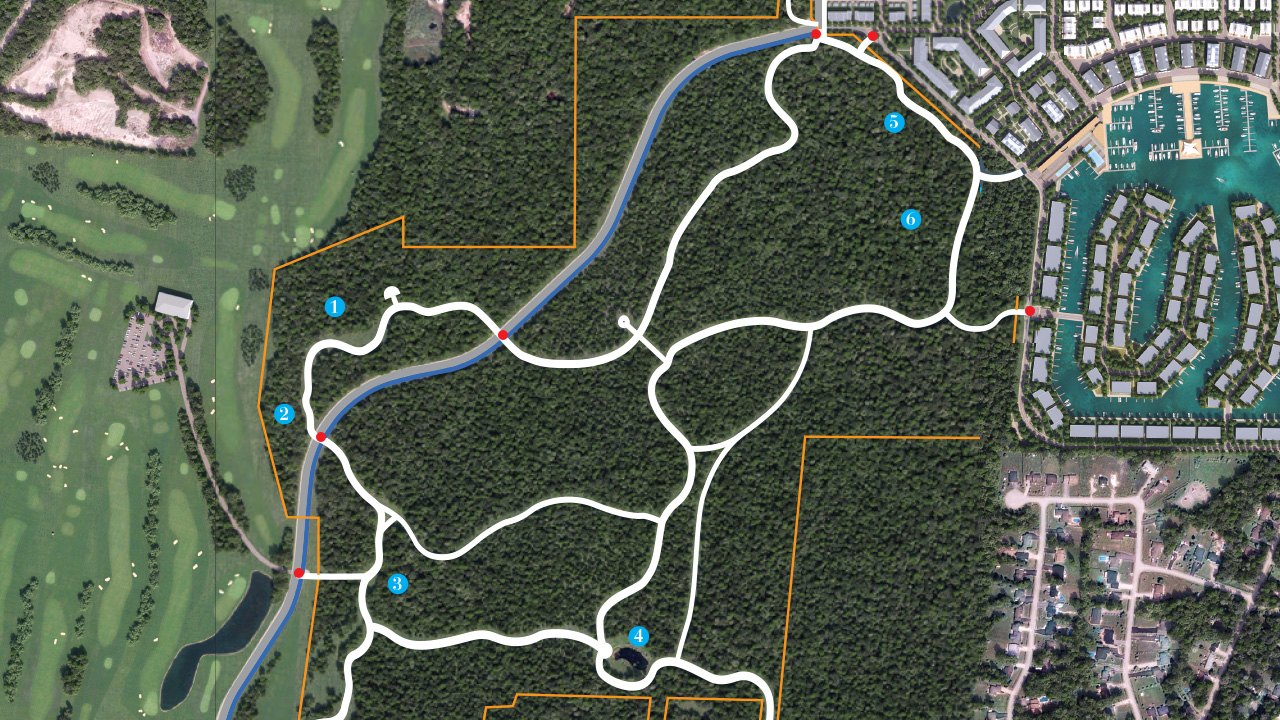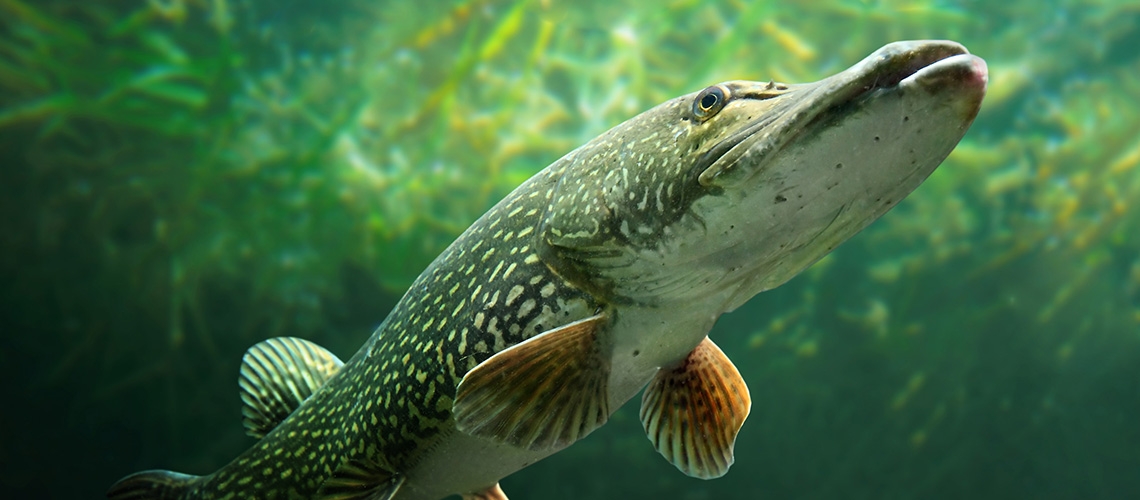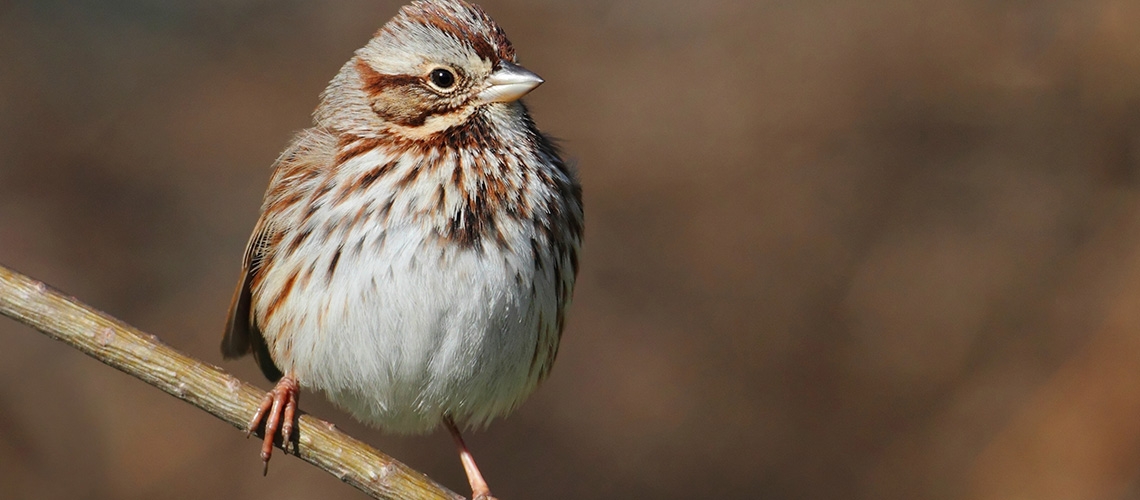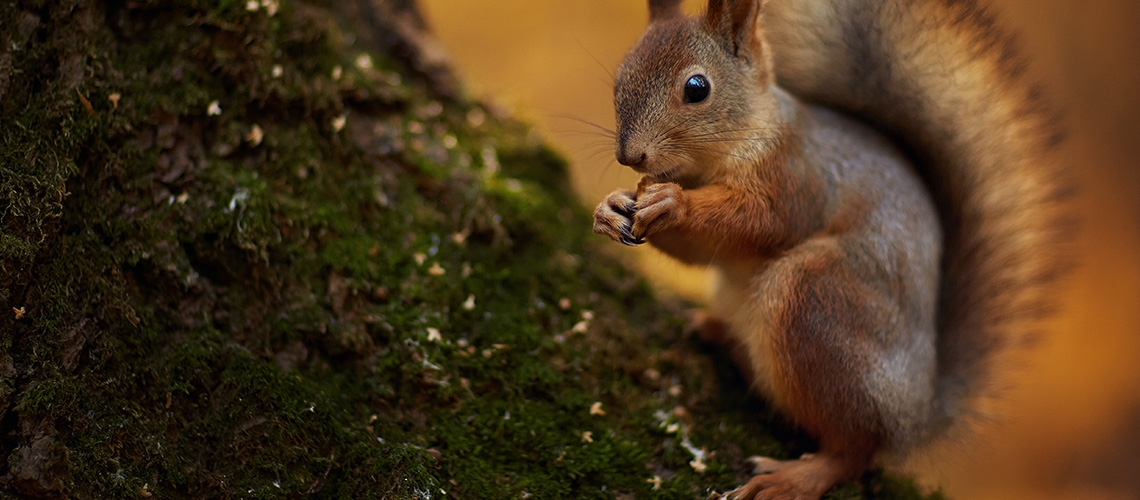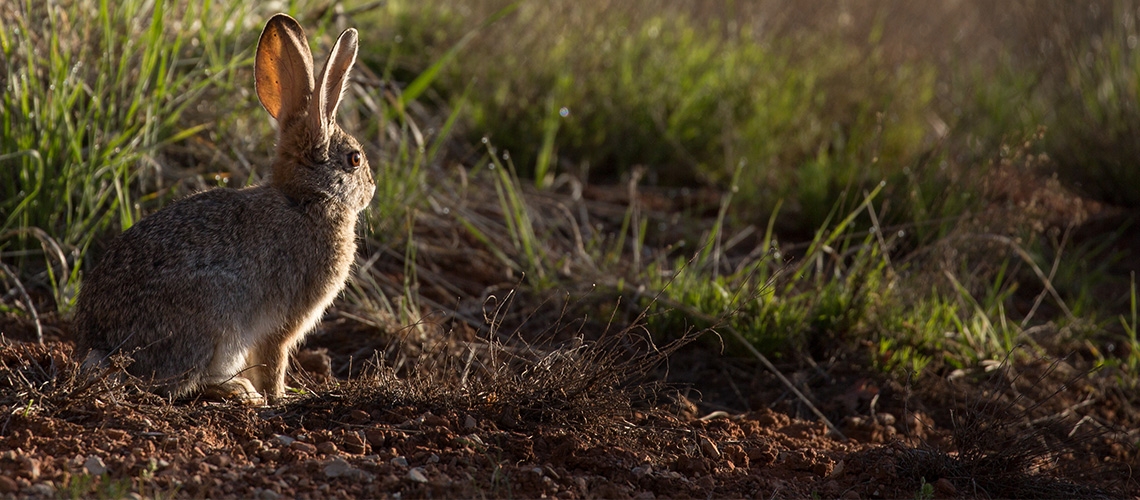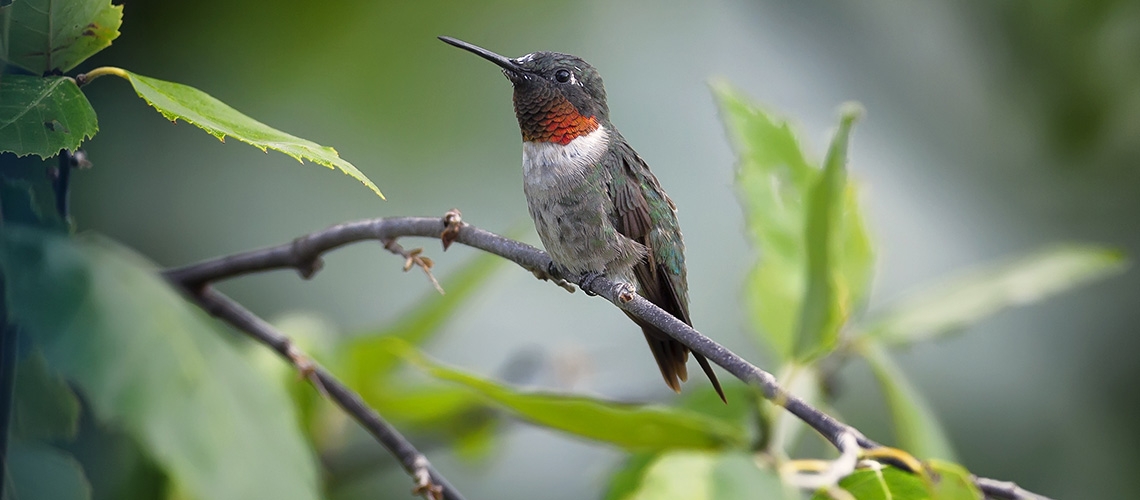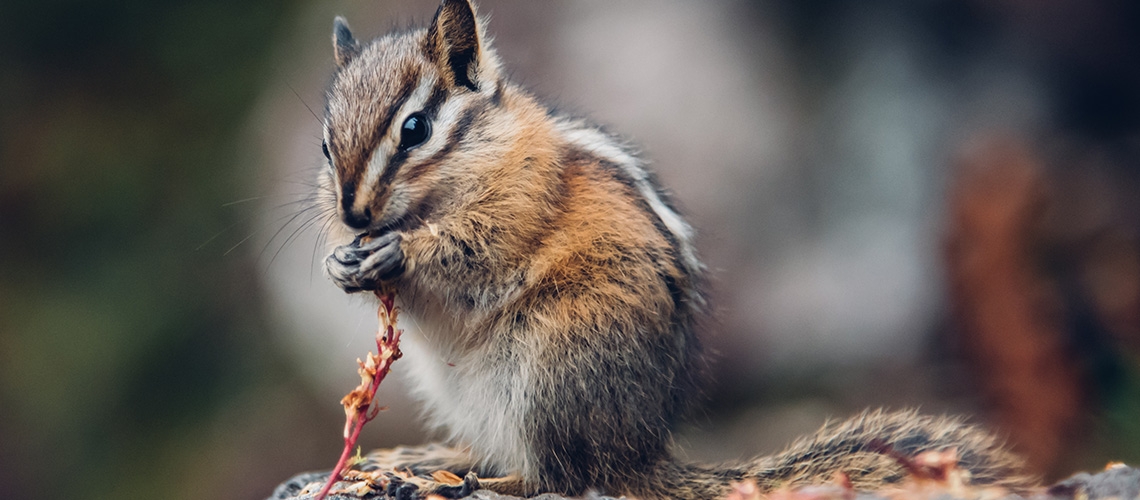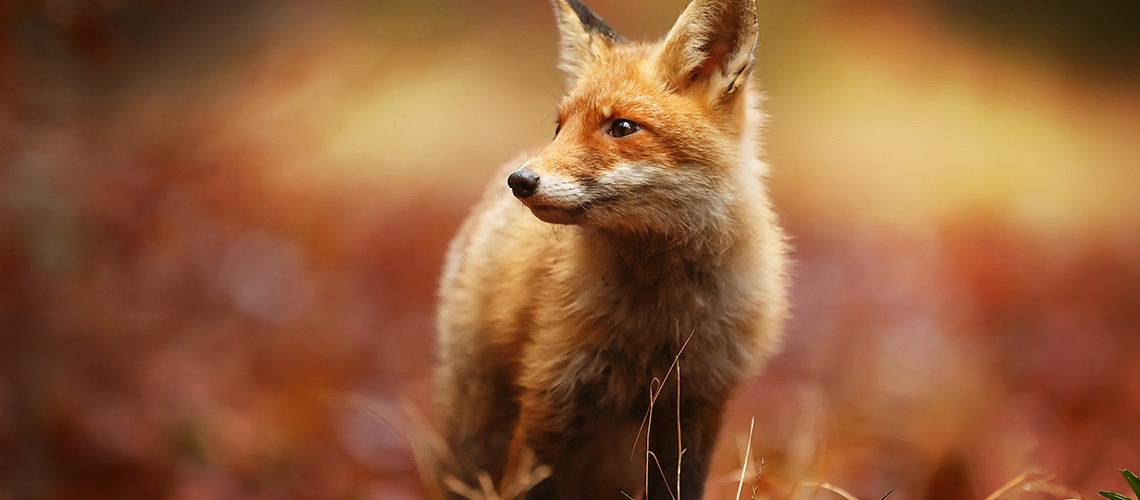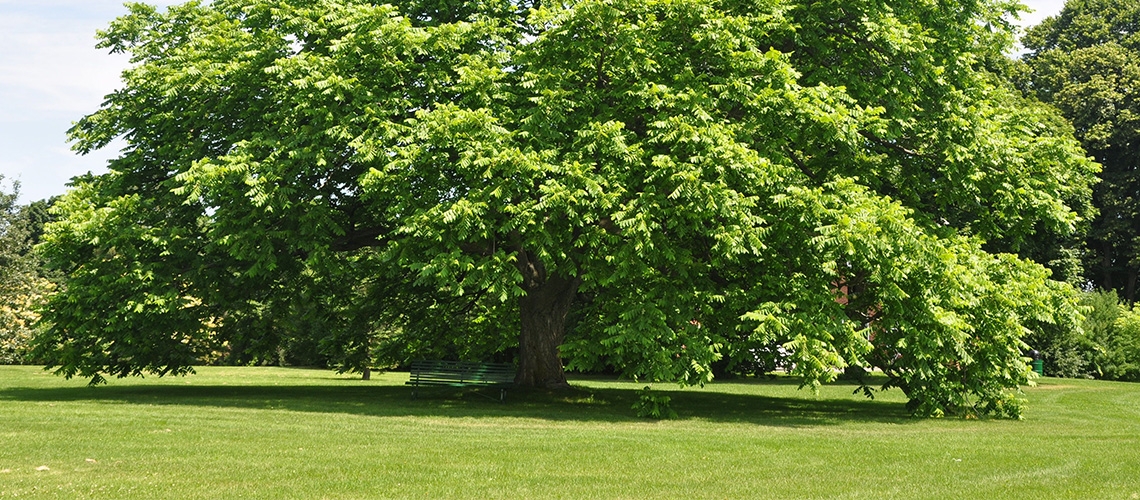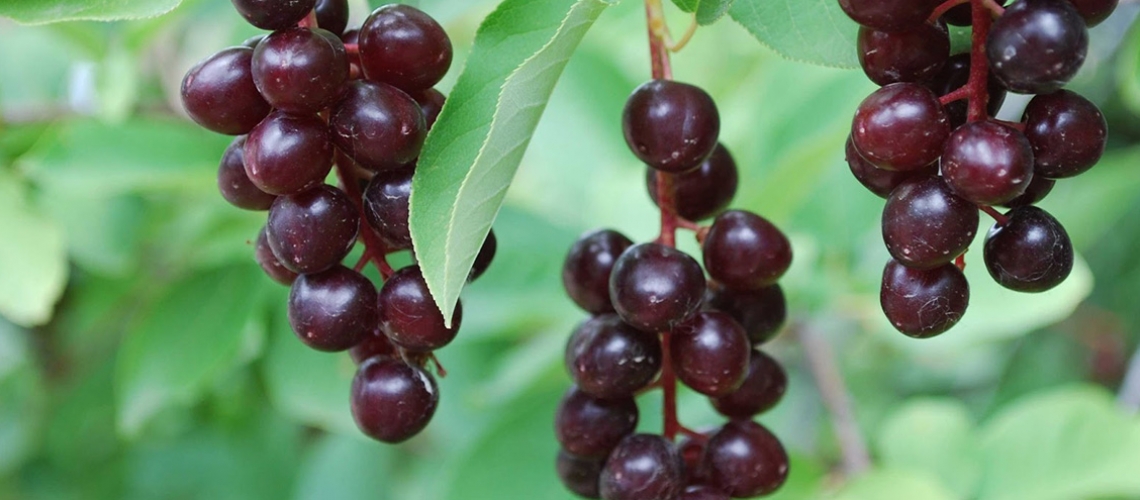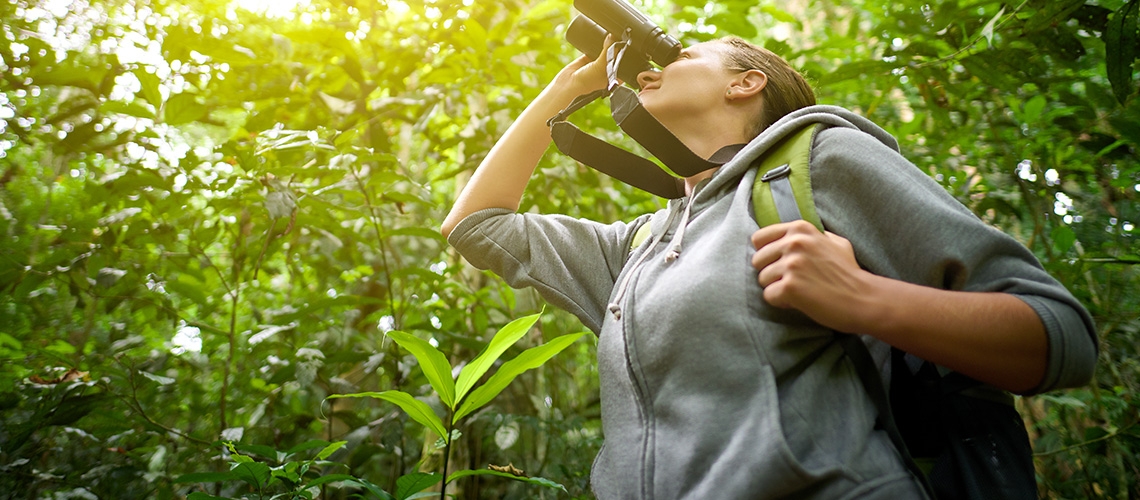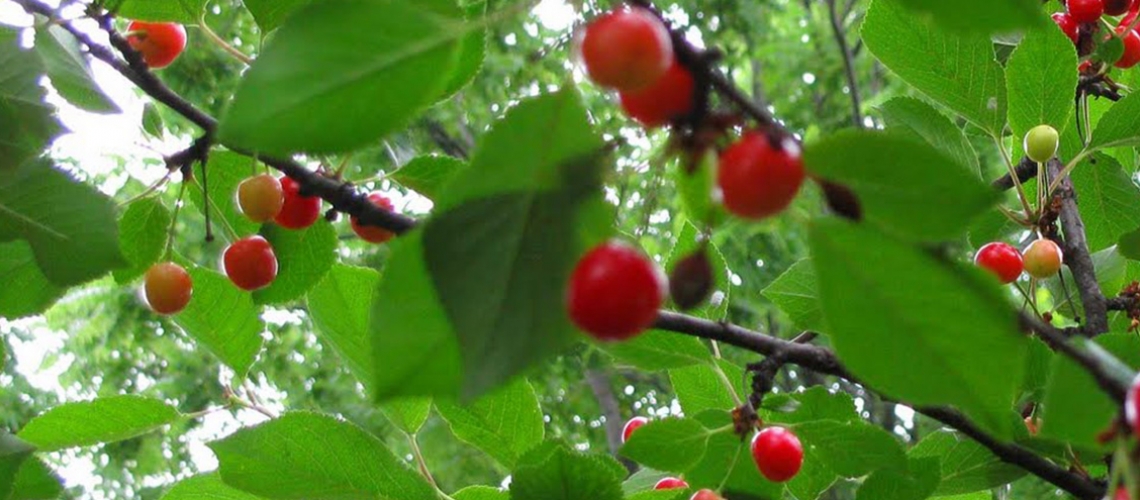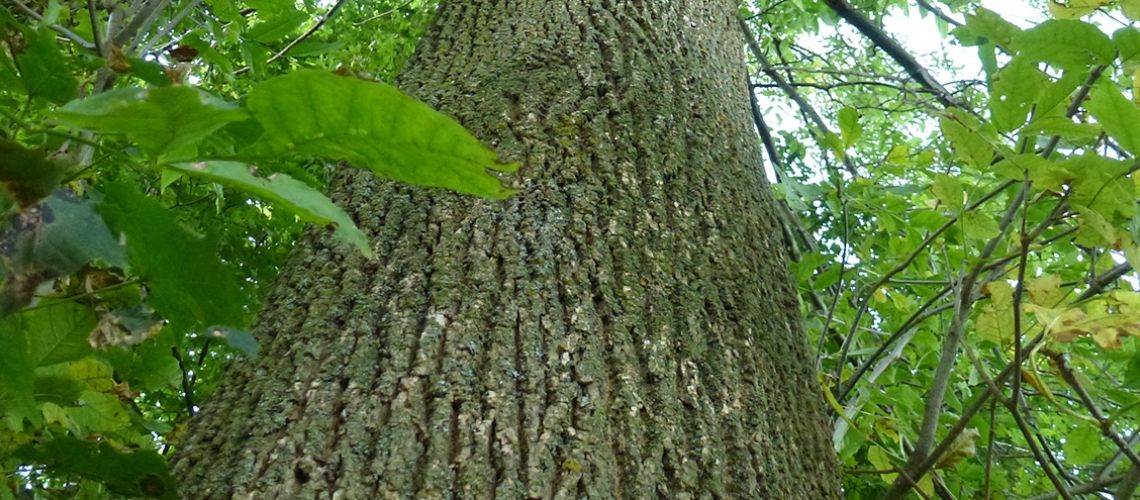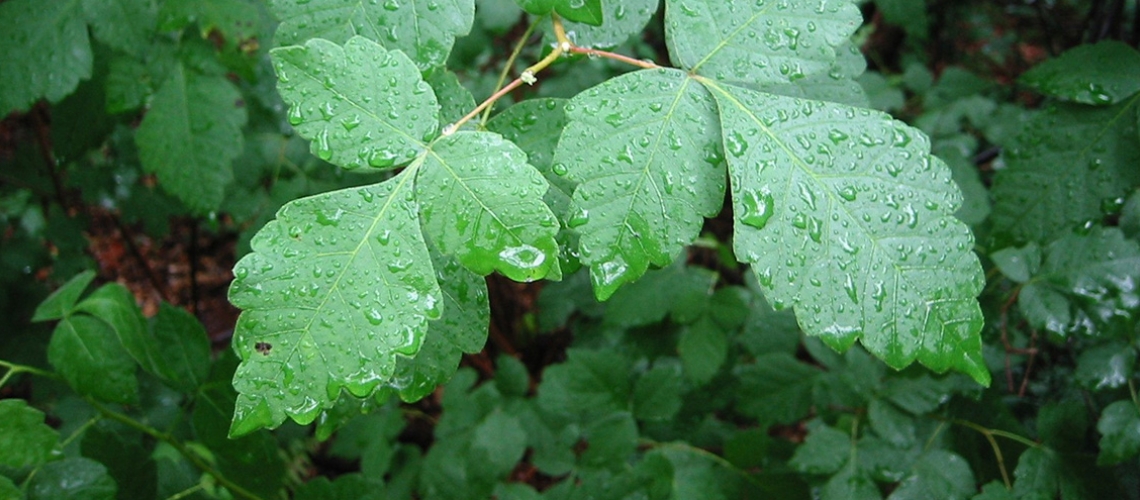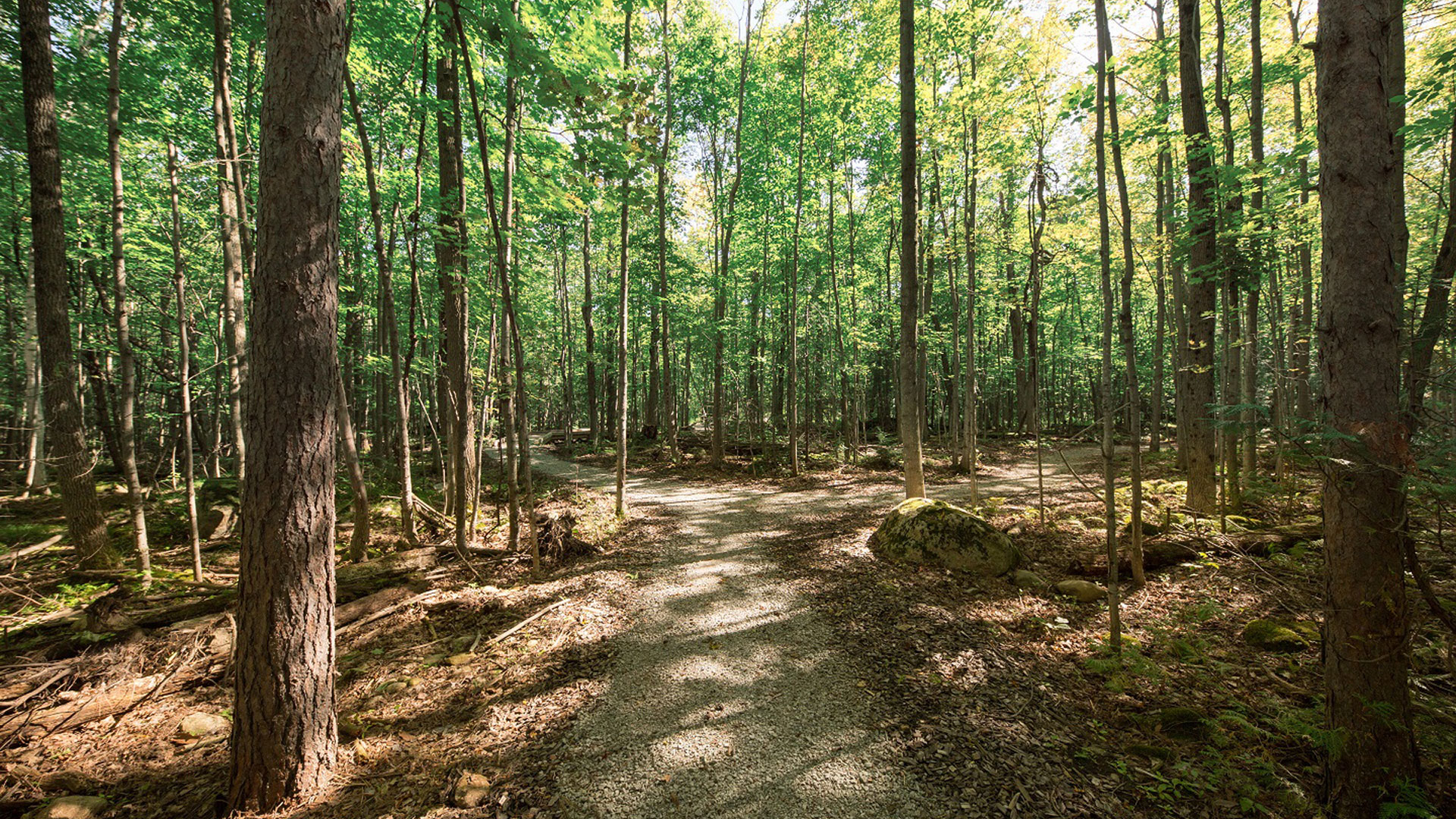
Back to nature
A full one-third of the 600-acre Resort has been dedicated as a Nature Preserve, and from land to lake, head to heel, every measure has been taken to ensure natural species enjoy their all seasons experience too. With trails and bridged streams, there’s plenty to discover by foot or bike in winter, spring, summer, and fall.
VIEW TRAIL MAP
- No littering, use the receptacles provided
- Dogs must remain on-leash at all times
- Stoop and scoop after your pet
- No motorized vehicles allowed in the trails
- Stay on marked trails at all times
- No trail-blazing
- Be aware that some plants can cause skin irritation (ie. Poison Ivy) or illness if consumed
- In case of an emergency dial 9-1-1
- Stay hydrated, and have fun!

WILDlife
Discover serenity. Here only birds singing and the sound of rustling leaves will interrupt the silence. The Nature Preserve supports over 40 species of birds and makes the perfect home for the nimble-footed deer and red fox. Tread quietly, and fantastic photo opportunities await.
Plant life
Go on a digital detox, and concentrate on the physical world. Take time to appreciate and explore Lake Simcoe’s diverse Woodland of deciduous, mixed and coniferous forest communities. You’ll feel far from civilization in a world filled with fresh air and natural calming powers.
Protecting Lake Simcoe
Throughout the process of planning and developing Friday Harbour Resort, extensive care was taken to preserve and protect the forest and wetland communities. Important habitats and species were carefully protected, including the nationally endangered Butternut trees that were abundantly replanted. By enhancing stormwater management and recycling systems at the Resort, as well as adding edge management areas, the Resort releases less phosphorus into the Marina Basin and less human-related disturbances to Lake Simcoe than the lands did before the Resort was developed.
Every person can play a role in protecting the health of Lake Simcoe and the sensitive environment within the Friday Harbour Resort site. Here’s how:
Do not disturb habitats
Do not approach or feed wildlife
Use only marked trails and keep pets on a leash
Clean up all waste
Report any unusual sightings such as spills or nuisance plants and algae growth
Avoid using chemical fertilizers and pesticides on your lawns
Keep your car in good working order and ensure oils and fluids are cleaned and disposed of properly
Use biodegradable personal care products
Never dump any chemicals directly into storm drains
Never litter





